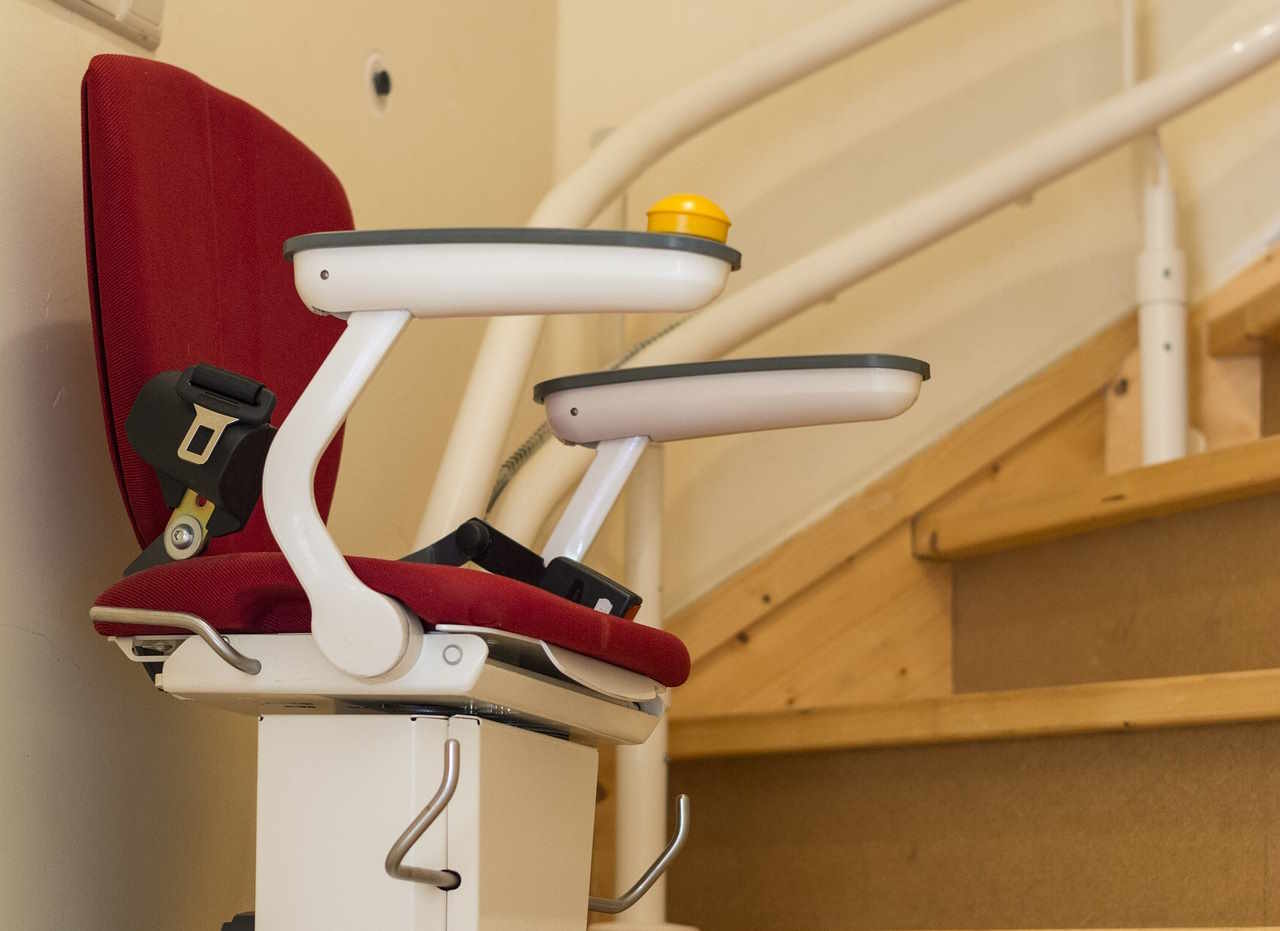"Folding Phones: The Future of Mobile Design or a Flash in the Pan?"
The smartphone has seen its fair share of design revolutions, from the initial advent of touchscreens to the recent all-screen designs. The latest design innovation to hit the market comes in the form of folding phones. With tech giants like Samsung and Huawei leading the charge, are these devices the next big thing or just a fleeting trend?
The Emergence of Folding Phones
The concept of foldable phones isn’t exactly new. Tech companies have been experimenting with flexible displays for years. However, it wasn’t until 2019 that Samsung unveiled the Galaxy Fold, the world’s first commercially available foldable smartphone. The phone featured a 7.3-inch display that could be folded in half, essentially transforming the device into a pocket-sized tablet.
The Current State of Folding Phones
Today, several other companies, including Huawei and Motorola, have joined the foldable phone market with their own iterations. The Huawei Mate X boasts a single 8-inch display that folds outward, while the Motorola Razr 2020 pays homage to the classic flip phone design with a 6.2-inch foldable display. Despite the initial hype, however, folding phones have faced a fair share of criticism and controversy, mainly due to durability concerns and their high price tags.
The Market Impact of Folding Phones
Folding phones have certainly made waves in the tech world, but their market impact so far has been minimal. According to market research firm IDC, foldable phones accounted for less than 1% of global smartphone sales in 2019. However, the firm predicts that this figure is set to rise to 5% by 2023, which would translate to around 50 million units.
The Future of Folding Phones
Despite the slow start, tech companies are not giving up on foldable phones just yet. Samsung has already released the Galaxy Z Fold 2, an improved version of its original model, addressing many of the durability concerns. Meanwhile, other tech giants like Apple and Xiaomi are rumored to be working on their own foldable devices. It’s clear that the industry sees potential in this technology, but whether it can overcome the current challenges and become the new norm remains to be seen.
Conclusion
In conclusion, folding phones represent an exciting innovation in smartphone design, but their future is still uncertain. As manufacturers continue to improve durability and lower prices, these devices could indeed become the next big thing in mobile tech. However, they also face stiff competition from traditional smartphones, which continue to dominate the market. Only time will tell if folding phones can truly fold the future or if they will remain a niche product.
In the ever-evolving tech landscape, the continued development and innovation in folding phone technology is a fascinating story to follow. It’s clear that despite the current challenges, tech companies are betting big on this technology. And as consumers, we can only wait and see if these devices will transform the way we use our smartphones or if they will simply fold under the pressure.





